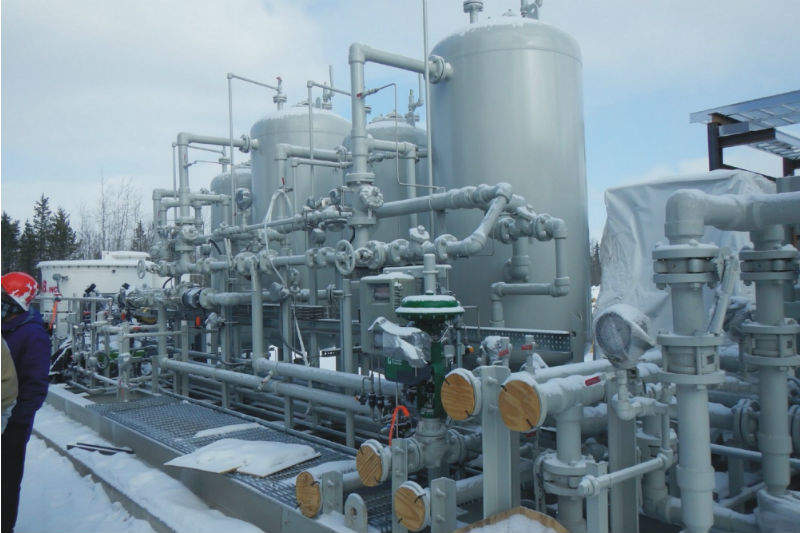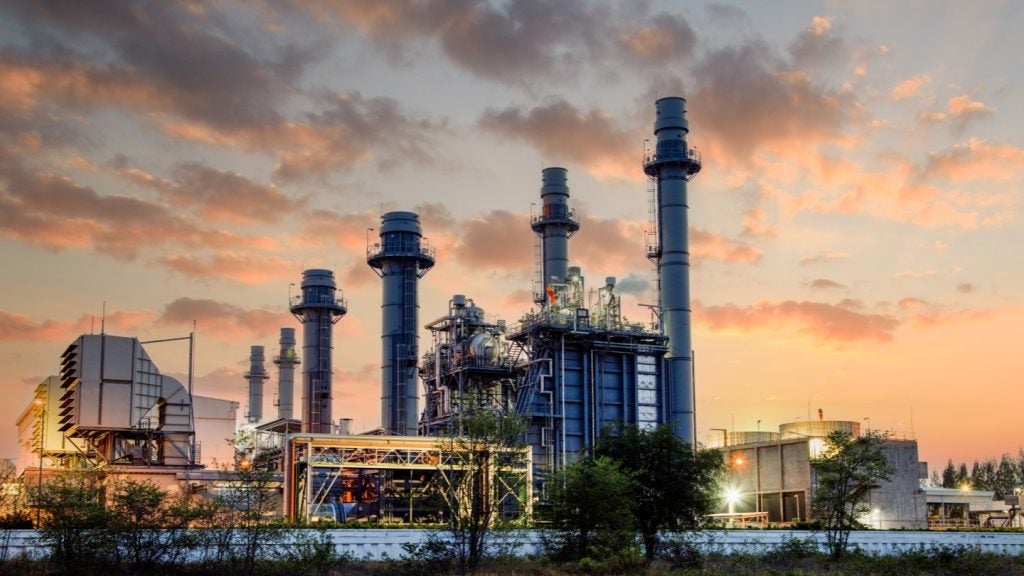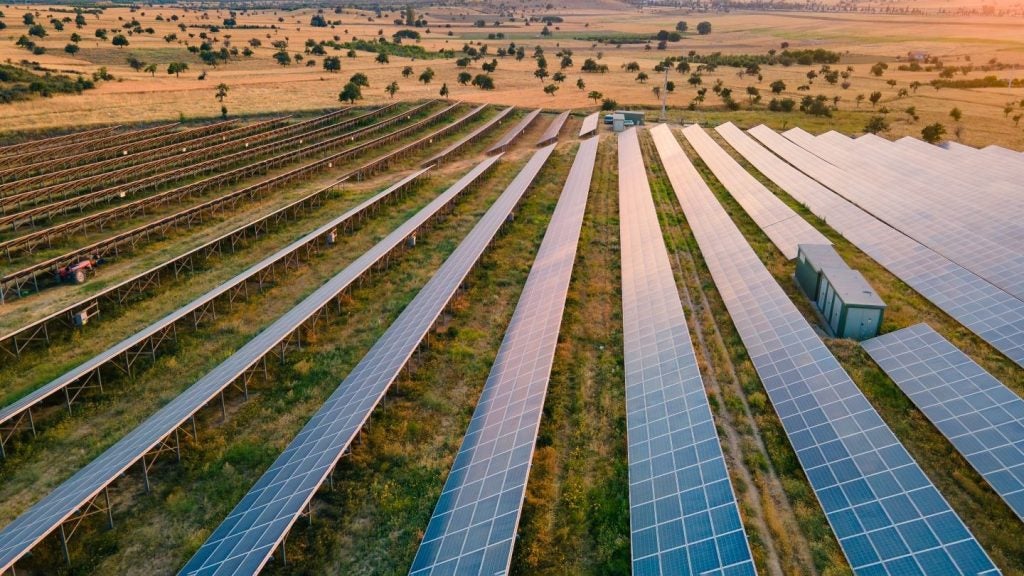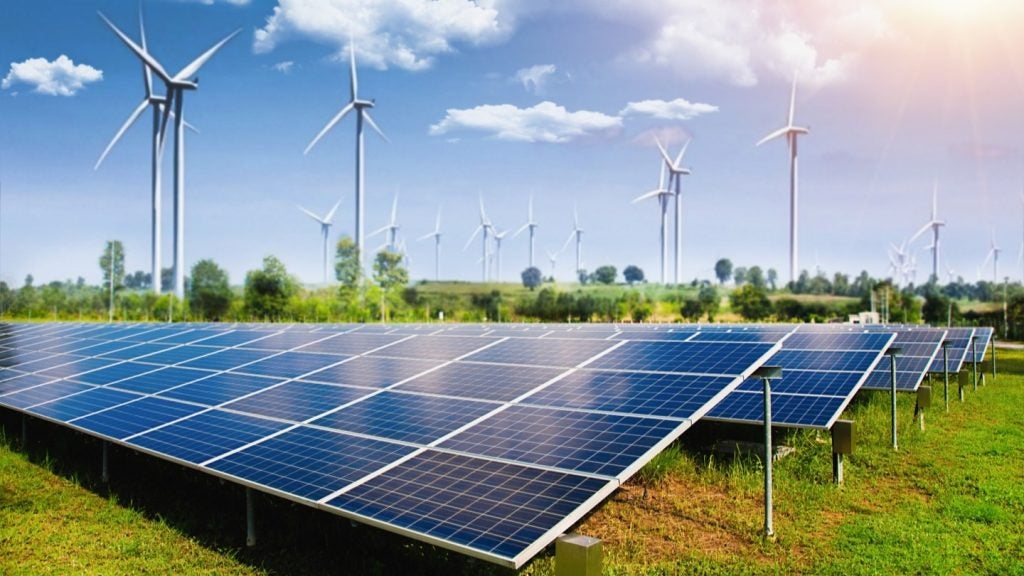
The International Energy Agency’s (IEA) World Energy Outlook 2018 report was released last week, highlighting crucial considerations for the global energy industry in 2040, including the rise in demand for renewables and major fossil fuel concerns.
Among the global energy trends and potential implications for governments, climate change, greenhouse gas targets and universal access to energy were emphasised as crucial issues.
We take a closer look at the report’s key take-home messages for the fossil fuel industry.
Only natural gas will outrun the solar revolution
According to the World Energy Outlook 2018 report, solar power will become increasingly important by 2040, exhibiting a higher global generation capacity than all other forms of energy – with the exception of natural gas. The document states that “natural gas demand in 2040 has been revised up by almost 100 billion cubic metres” compared to last year’s World Energy Outlook 2018 report.
Demand for natural gas is expected to grow 1.6% per year to 2040 and is primarily attributed to China’s growing political efforts to reduce air pollution. To achieve this, China has tripled its gas demand.
“Natural gas demand is growing very strongly, the fastest growing fuel. The Chinese effect on the gas markets now is very similar to the effects we saw 10 years ago on the oil markets from Chinese demand,” said IEA executive director Dr Fatih Birol during a press briefing in London last Tuesday.
How well do you really know your competitors?
Access the most comprehensive Company Profiles on the market, powered by GlobalData. Save hours of research. Gain competitive edge.

Thank you!
Your download email will arrive shortly
Not ready to buy yet? Download a free sample
We are confident about the unique quality of our Company Profiles. However, we want you to make the most beneficial decision for your business, so we offer a free sample that you can download by submitting the below form
By GlobalData“China is becoming the world’s largest natural gas importer, overtaking Japan and this has huge implications for gas markets and for gas prices.”
Oil use for cars could peak by 2025
The World Energy Outlook 2018 report also indicates that oil demand for motor vehicles could peak in the next seven years, due to the growing prevalence of electric vehicles (EVs). Global oil demand specifically for use in cars currently makes up around 21.4 million barrels of oil per day.
The number of vehicles on the road has been growing rapidly in line with population increases, as well as rising incomes in developing countries.
Estimates suggest that oil demand will peak to 23 million barrels per day by the late 2020s. After that period, it is expected to drop to current levels by 2040, despite a potential 80% increase in cars by this date. The agency added that total oil consumption across all forms of commercial transport is predicted to grow to 2040, but at half the level seen across the last two decades.
“After 2025, efficiency measures and alternative fuels continue to suppress demand,” said the IEA. As drivers turn to more fuel-efficient EVs instead of traditional petrol or diesel cars, this could offset the negative environmental impact that an increasing number of cars in developing nations will have in terms of greenhouse gas emissions.
No spare capacity for additional fossil fuel projects
Another issue that the oil and gas industry will have to deal with is the fact that around 93% of the world’s carbon capacity is already in use up to 2040. Carbon capacity refers to the level of CO2 emissions that can be released without causing significant global warming effects.
This means that there is very little space for future fossil fuel projects to be developed over this period without contradicting international objectives around climate change.
Speaking on this issue, Birol told the Guardian: “We have no room to build anything that emits CO2 emissions. We are eating up 95% of the [carbon] budget, even if we don’t do anything else. Which of course is impossible, not building any more trucks or power plants.”
In order to construct future carbon-emitting projects and limit temperature rises to 1.5°C-2°C, which is a central objective of the Paris Agreement on climate change, this would first require a cleanup of existing infrastructure.
The IEA calculated that existing projects are expected to produce 550 gigatonnes of CO2 to 2040, leaving only 40 gigatonnes of emissions left for future infrastructure.
Government policy will be critical to reducing climate change
Under current and future policies planned in the New Policies Scenario of the World Energy Outlook 2018 report, one thing seems clear – national governments will have a significant role to play in the direction of the future global energy mix. With energy demand predicted to grow by more than one quarter in the next 22 years, a total investment of more than $2tn has been estimated by the IEA.
“Our analysis shows that over 70% of global energy investments will be government-driven and as such the message is clear – the world’s energy destiny lies with government decisions,” said Birol in a statement last week.
“Crafting the right policies and proper incentives will be critical to meeting our common goals of securing energy supplies, reducing carbon emissions, improving air quality in urban centres and expanding basic access to energy in Africa and elsewhere.
“We can create some room for manoeuvre by expanding the use of Carbon Capture Utilisation and Storage, hydrogen, improving energy efficiency, and in some cases, retiring capital stock early. To be successful, this will need an unprecedented global political and economic effort.”
Finally, coal production may have already peaked
The declining demand for coal over the next two decades might signal that coal production has already peaked, in 2014, according to World Energy Outlook 2018 forecasts.
Currently, the demand for the fossil fuel is flat, with estimates suggesting that coal use could continue to fall, especially in the US, the European Union (EU) and other more economically developed regions. According to the IEA, China would see a fall in demand for coal of around 13% by 2040, which is roughly equivalent to the total demand across EU member states at present.
There is a possibility, however, that rising demand for coal from India and other Asian nations could balance the decreases in the West, with Indian coal demand alone set to more than double by 2040. This is largely due to greater investment in coal-fired power generation projects. Nonetheless, the evident surge in renewables could disrupt India’s demand for coal in the near future.
Greenpeace East Asia energy analyst Lauri Myllyvirta told Carbon Brief: “A lot of the planned [coal] projects in China and India are effectively dead in the water. In India, they are commercially dead, no one in their right mind is going to build them.
“For India, it’s a very clear case where renewables are able to deliver power at a lower cost than new coal and even a lot of existing capacity.”
However, whether or not we have already seen coal peak is “highly contingent on how policies evolve,”Myllyvirta added.
The report added: “The demise of coal has been widely predicted and consumption fell for two years straight from 2015, but bounced back in 2017… Recent trends provide a reminder that coal demand could be more resilient than some expect, especially among developing economies in Asia.”







